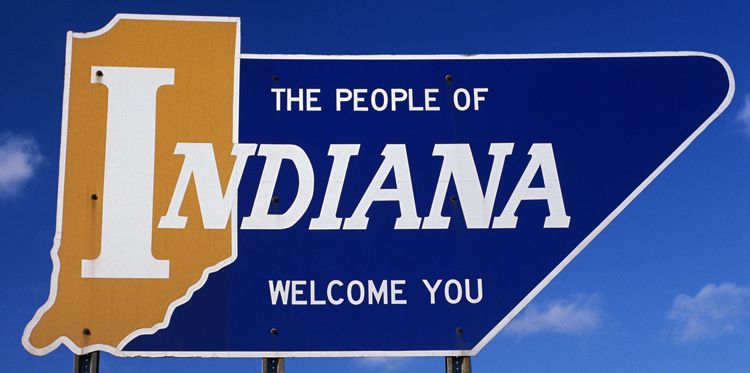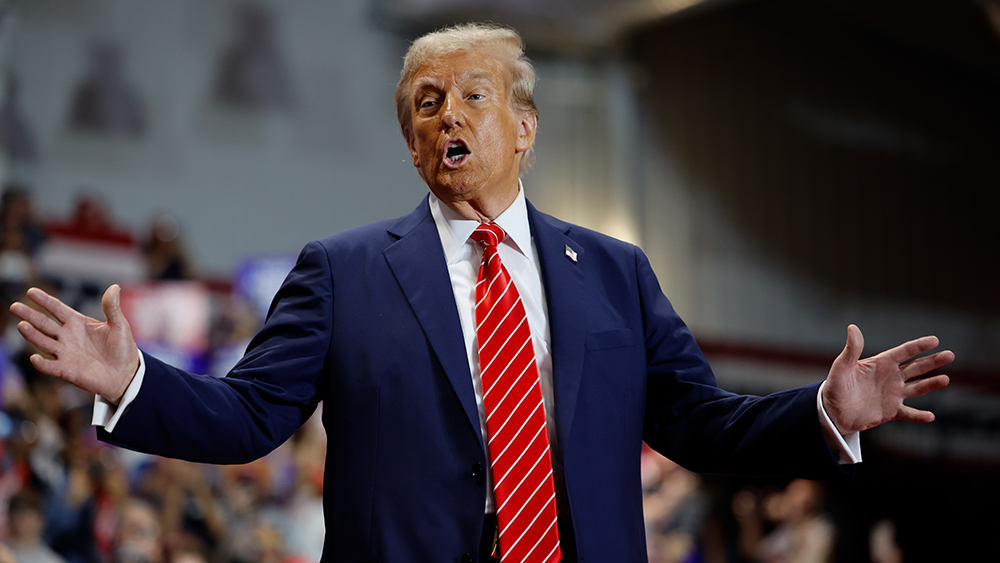 Parler
Parler Gab
Gab
Growing sentiment for secession
On November 7, 2023, voters in seven Illinois counties — Calhoun, Clinton, Greene, Iroquois, Jersey, Madison, and Perry — approved nonbinding ballot questions supporting the exploration of secession. Six of the seven counties voted in favor by margins exceeding 70%, with Calhoun County recording a staggering 76% approval rate. The votes were not legally binding, but they sent a strong message to state leaders and lawmakers: The status quo is no longer acceptable. Illinois Governor J.B. Pritzker dismissed the secession push as a “stunt,” calling Indiana, which has expressed openness to welcoming the counties, a “low-wage state that doesn’t protect workers.” Pritzker’s remarks reflect the deep ideological divide between Illinois’ urban centers, where progressive policies and higher taxes are often supported, and its rural areas, where residents increasingly feel overlooked by state leaders.Pritzker is dead wrong about Indiana. Here’s how Illinois and Indiana compare on key economic metrics:
1. ALEC State economic outlook 2024: Indiana ranks 5th, indicating a positive economic outlook, while Illinois ranks 48th, suggesting significant challenges. 2. Average effective property tax: Indiana has a much lower property tax rate at 0.77% compared to Illinois's 2.11%. 3. Bankrate.com retirement affordability: Indiana ranks 3rd, making it more affordable for retirees, whereas Illinois ranks 22nd. 4. Center for Education Reform's Parent Power Index 2024: Indiana ranks 3rd, indicating strong parental control over education, while Illinois ranks 44th. 5. Chief executive magazine best and worst states for business 2024: Indiana is 6th, favorable for business, while Illinois is 48th. 6. Corporate tax rate: Indiana's rate is 4.90%, significantly lower than Illinois's 9.50%. 7. Flat individual income tax rate: Indiana's rate is 3.05%, lower than Illinois's 4.95%. 8. Forbes best states to start a business: Indiana ranks 2nd, making it highly favorable for new businesses, while Illinois ranks 28th. 9. Population growth (2010-2022): Indiana's population grew by 5.30%, though Illinois's growth rate isn't specified. 10. Tax foundation tax competitiveness: Indiana ranks 10th, indicating a competitive tax environment, while Illinois ranks 37th. 11. Self defense: In Illinois, residents face legal and political challenges to providing self defense, while in Indiana, residents are free to exercise their rights and defend their life if need be.Constitutional and political hurdles
Secession is no small feat. Article IV, Section 3 of the U.S. Constitution requires the consent of both the state legislature and Congress to form a new state or redraw existing boundaries. This means that even if the seven counties were to pursue secession, the process would likely take years and face significant opposition from Illinois’ Democratic-controlled government and national policymakers. Despite these challenges, the movement has gained momentum. Indiana’s Republican-led government has expressed interest in annexing the counties, with House Speaker Todd Huston introducing legislation to establish the Indiana-Illinois Boundary Adjustment Commission. The commission would explore the feasibility of moving the state line, potentially bypassing the need for full secession and statehood. “This isn’t about punishment; it’s about opportunity,” Huston said. “If Illinois counties want a different path, we’re more than happy to welcome them to a state that values economic freedom and fiscal responsibility.” The potential annexation aligns with Indiana’s stronger economic performance. According to recent data, Indiana ranks 5th in state economic outlook, compared to Illinois’ 48th place. Indiana’s lower taxes, including a 3.05% flat income tax rate versus Illinois’ 4.95%, and favorable business climate have helped the state attract investment and grow its population, while Illinois faces sluggish economic growth and significant out-migration.The case for a State split
The secession movement in Illinois is part of a broader debate over whether the state, with its vast geographic and ideological differences, can effectively govern itself under its current structure. Advocates for splitting Illinois into smaller states argue that a divided state would allow rural and urban regions to tailor policies to their specific needs, potentially improving governance and service delivery. “This isn’t about tearing apart communities; it’s about creating better representation,” said Illinois Republican Rep. Brad Halbrook, who has introduced legislation to study the possibility of a state split. “Illinois has become too unwieldy, and smaller states could give voters the voice they deserve.” The idea of splitting states is not unprecedented. Kentucky was formed from Virginia in 1792, and West Virginia seceded from Virginia during the Civil War. More recently, discussions about splitting California and Texas have highlighted the challenges of governing large, geographically and politically diverse states. For Illinois, the argument for division is rooted in its patchwork of interests: from the economic powerhouse of Chicago to the struggling rural counties that feel forgotten by Springfield. A state split could allow urban areas to focus on innovation and industry while rural areas prioritize agriculture and small business development. Sources include: Mishtalk.com WSJ.com WP.comIndiana proposes absorbing 33 Illinois counties fed up with Chicago’s liberal policies
By Cassie B. // Share
Trump unveils reciprocal tariffs to level trade playing field, targets VAT systems
By Cassie B. // Share
America on the brink: Is civil divorce the only remedy?
By Willow Tohi // Share
Europe, Zelensky frustrated as U.S. excludes them from Russia-Ukraine peace talks
By Cassie B. // Share
Crypto leaders laud Trump’s war against DEBANKING
By Ramon Tomey // Share
Governments continue to obscure COVID-19 vaccine data amid rising concerns over excess deaths
By patricklewis // Share
Tech giant Microsoft backs EXTINCTION with its support of carbon capture programs
By ramontomeydw // Share
Germany to resume arms exports to Israel despite repeated ceasefire violations
By isabelle // Share










